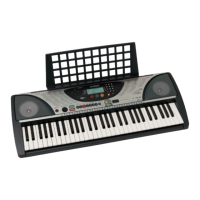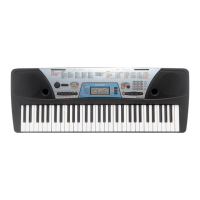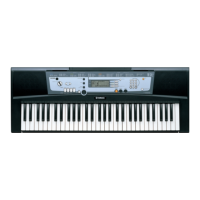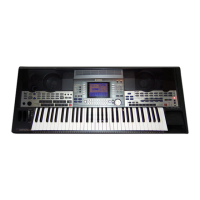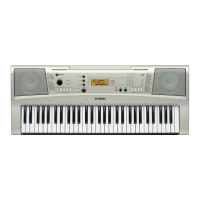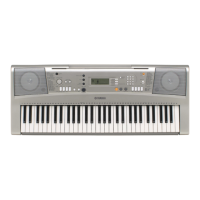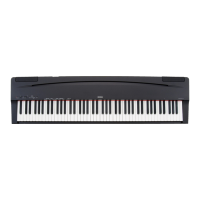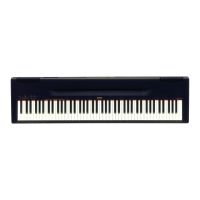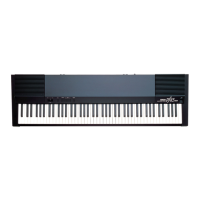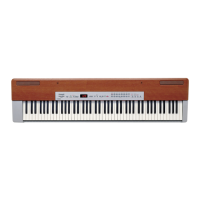What to do if my Yamaha Portatone PSR-240 PortaTone has no sound?
- BBenjamin JonesAug 17, 2025
If there is no sound from your Yamaha Synthesizer PortaTone when playing the keyboard or a song, check the PHONES/OUTPUT jack on the rear panel. If headphones are plugged in, no sound will come from the speakers.
